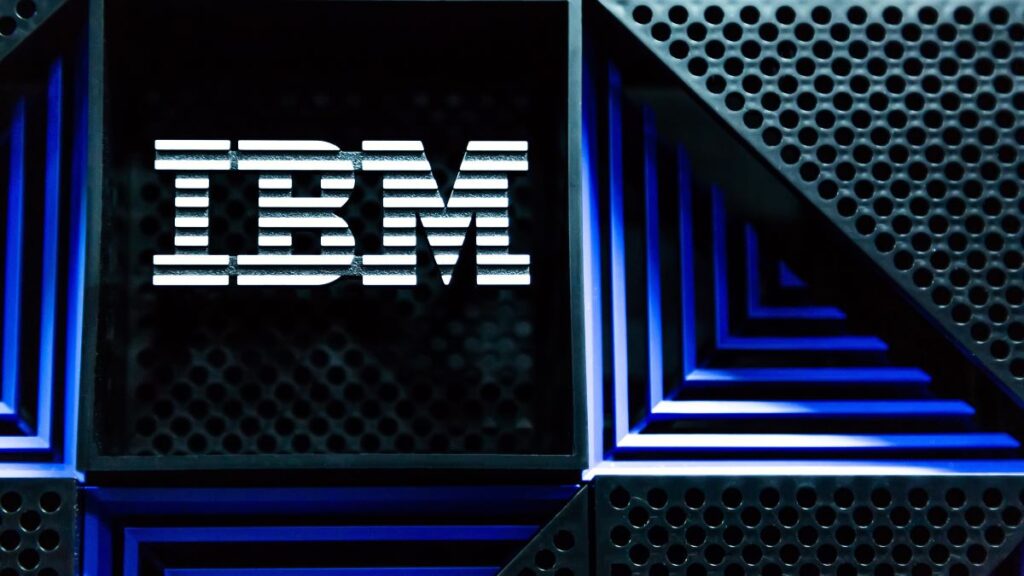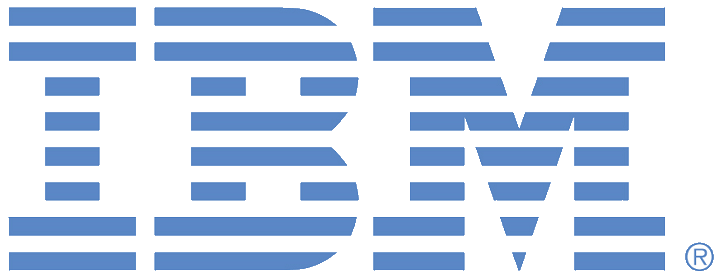
IBM’s generative artificial intelligence (GenAI) business is approaching a $1-billion annualized run rate as customers are showing rising demand for IBM’s expertise in applying the revolutionary new technology for code modernization, customer service, and digital labor.
During IBM’s Q3 earnings call late last month, CEO Arvind Krishna diverted from his usual practice of offering broad overviews of all of IBM’s key business units and instead chose to focus his comments on significant developments around GenAI.
As you’ll see from this pertinent excerpt, Krishna did not specifically spell out a $1-billion run rate, but I hope you’ll agree that your humble correspondent’s extrapolation of Krishna’s verbatim comments are on target.
“Our book of business in the third quarter specifically related to generative AI was in the low hundreds of millions of dollars,” Krishna said in his prepared remarks.
And while I would construe that as good news, Krishna indicated that things look even better for the future.
“The interest is larger,” he continued, “with thousands of hands-on interactions with our clients. These are across our largest clients and smaller clients, which lays the groundwork for future watsonx opportunities.” If you’re not familiar with watsonx, IBM describes it as “a next-generation enterprise studio for AI builders to train, validate, tune, and deploy AI models.”
I was intrigued by Krishna’s comment about how these “thousands of hands-on interactions” with customers include not only IBM’s “largest clients” but also some smaller ones as well. Because for GenAI to legitimately move beyond hype machine to a truly transformative technology, it must generate appeal from all types of companies, not just the big ones with plenty of cash to toss at new-fangled ideas.
And I believe that one of the customer examples cited by Krishna underscores how GenAI has earned that broader designation because it involves a large company creating powerful new AI capabilities that can in turn be used by smaller organizations.
“Dun & Bradstreet is leveraging our consulting and software capabilities, fueled by watsonx, to help their clients create proprietary generative AI solutions,” Krishna said on the call.
Final Thought
As Krishna nears the end of his fourth year as IBM’s CEO, it’s clear that he has made great progress in rationalizing IBM’s sprawling lines of business. Perhaps that’s just a nice way of saying he’s cleaned up most of the jumbled mess he inherited from former CEO Ginni Rometty, but it’s clear that Krishna has made some hard choices at IBM while also pushing aggressively into new areas.
The fruits of that four-year effort are spelled out in not only the rapid ramp-up of the billion-dollar GenAI business but also the three broad foundational segments for which customers are looking to IBM for its unique expertise.
“In the work we are doing, clear patterns are emerging in terms of the AI enterprise use cases,” Krishna said on the call.
“Based on extensive feedback and trials to date, three have risen to the top: code modernization, customer service, and digital labor all have broad relevance and deliver tangible business benefits.”
And as Krishna leads the iconic 112-year-old company into its second childhood, those look like some very nice market segments to build upon with IBM’s unique capabilities around GenAI.
Discover how AI has created a new ecosystem of partnerships with a fresh spirit of customer-centric cocreation and a renewed focus on reimagining what is possible. The Acceleration Economy AI Ecosystem Course is available on demand.










